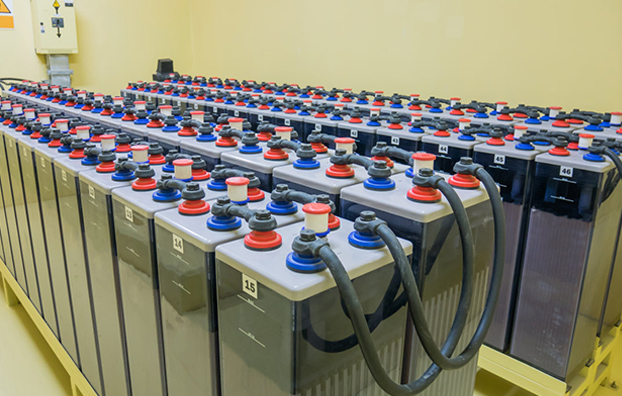Time:2020-12-17 Views:117
The so-called lithium iron phosphate battery refers to a lithium ion battery using lithium iron phosphate as the positive electrode material. This battery is characterized by no precious metal elements such as cobalt. Because it contains no precious metals, lithium iron phosphate batteries can be compressed at a very low cost. Lithium iron phosphate battery has the advantages of high temperature resistance, strong safety and stability, low price, and good cycle performance.

The ternary lithium ion battery is a lithium ion battery with nickel cobalt lithium manganate as the positive electrode material and graphite as the negative electrode material. Unlike lithium iron phosphate batteries, ternary lithium-ion batteries have a high-voltage platform, which means that under the same size or weight, ternary lithium-ion batteries have higher specific energy and power. In addition, ternary lithium-ion batteries also have great advantages in terms of charging rate and low temperature resistance.
1. Comparison of energy density and range
Compared with lithium iron phosphate batteries, ternary lithium-ion batteries have higher energy density and higher voltage, so a battery pack of the same weight has a larger capacity, and the car can run farther and faster. Tesla's charging range exceeds 400 kilometers. BAIC EV200 uses a ternary lithium-ion battery from South Korea’s SK company and has a theoretical cruising range of 200 kilometers, while its predecessor EV150 uses a lithium iron phosphate battery with a cruising range of only 150 kilometers.
In contrast, the energy density of my country's mainstream lithium iron phosphate battery is only about 150Wh/kg. According to the analysis of domestic battery industry experts, the energy density of lithium iron phosphate battery packs is expected to reach 300Wh/kg in the next few years, and the hope is very slim.
2. Comparison of space occupation
Regarding bulky electric buses, the space footprint has less impact. But for household electric vehicles, space is more important. The low energy density lithium iron phosphate battery occupies less space in the car, heavier, and has a greater impact on battery life. Relatively speaking, the ternary lithium-ion battery with higher energy density solves the weight problem and saves the space of the family car.
3. Comparison of low temperature discharge performance
At a normal temperature of 25°C, the discharge capacity of the two batteries is basically the same when discharged at 55°C and 25°C. At -20°C, ternary lithium ion batteries have obvious advantages over lithium iron phosphate batteries.
my country has a vast territory and a complex climate. From the three northeastern provinces at the northernmost point to Hainan Island at the southernmost point, temperature changes are very abundant. In Beijing, for example. As an important market for electric vehicles, Beijing has a maximum temperature of around 40℃ in summer and around -6℃ or even lower in winter. This temperature range is obviously suitable for ternary lithium-ion batteries with better performance at low temperatures. Lithium iron phosphate batteries attach importance to high temperature resistance, which is often very fragile in winter in Beijing.
4. Comparison of charging efficiency
In addition to battery life, charging is also an important part of the actual use of electric vehicles. Ternary lithium-ion batteries have a great advantage over lithium iron phosphate batteries in terms of charging efficiency. When the ternary lithium ion battery and the lithium iron phosphate battery are charged less than 100ah, there is no significant difference in the constant current ratio. When the charging exceeds 100Ah, the constant current ratio of the lithium iron phosphate battery drops rapidly, and the charging efficiency drops rapidly.
5. Cost comparison
Ternary batteries have more precious metals than lithium iron phosphate batteries, mainly cobalt. In fact, in my country's lithium mines, iron oxide phosphate reserves are abundant, and the manufacture of lithium iron phosphate batteries has advantages. my country lacks cobalt ore, so it is difficult to manufacture ternary lithium-ion batteries that must use cobalt.
In the early stage, the development of lithium iron phosphate batteries is realistic. For example, in 2015, domestic mainstream battery manufacturers all produced lithium iron phosphate batteries.